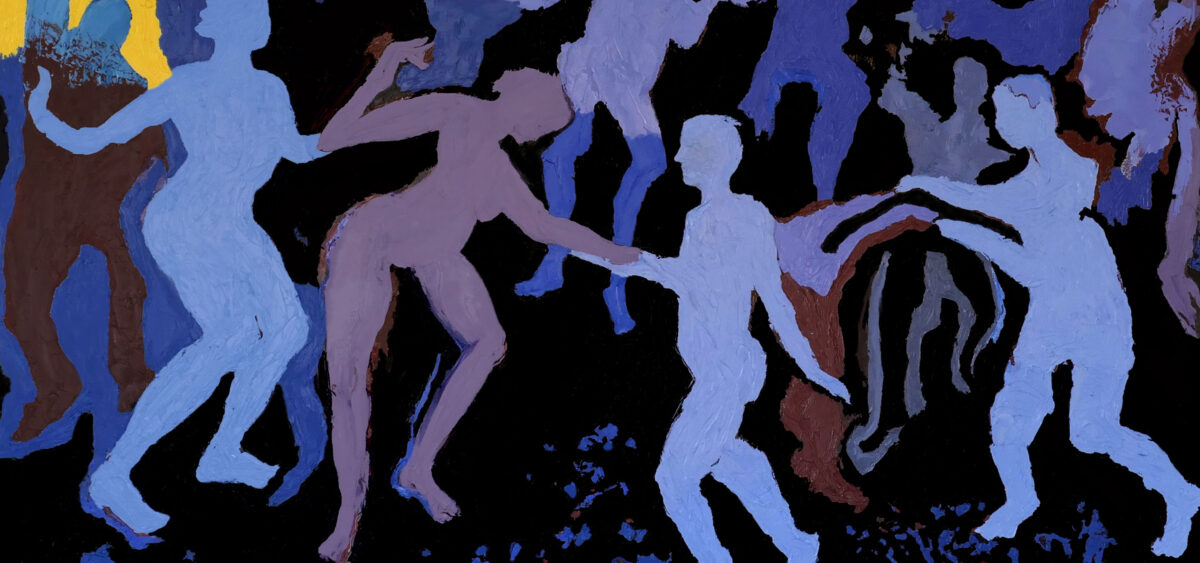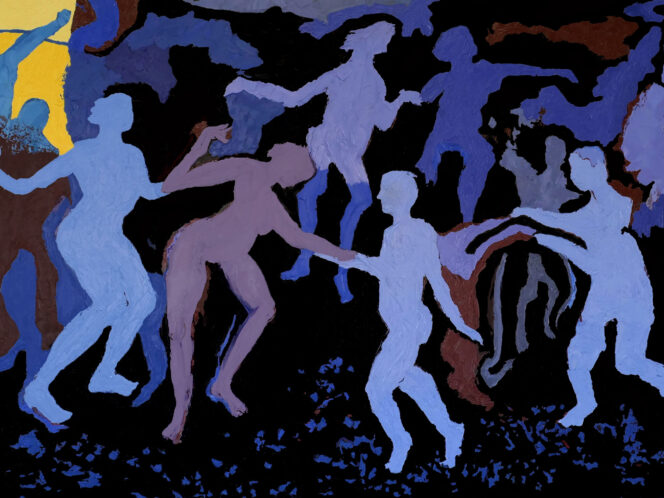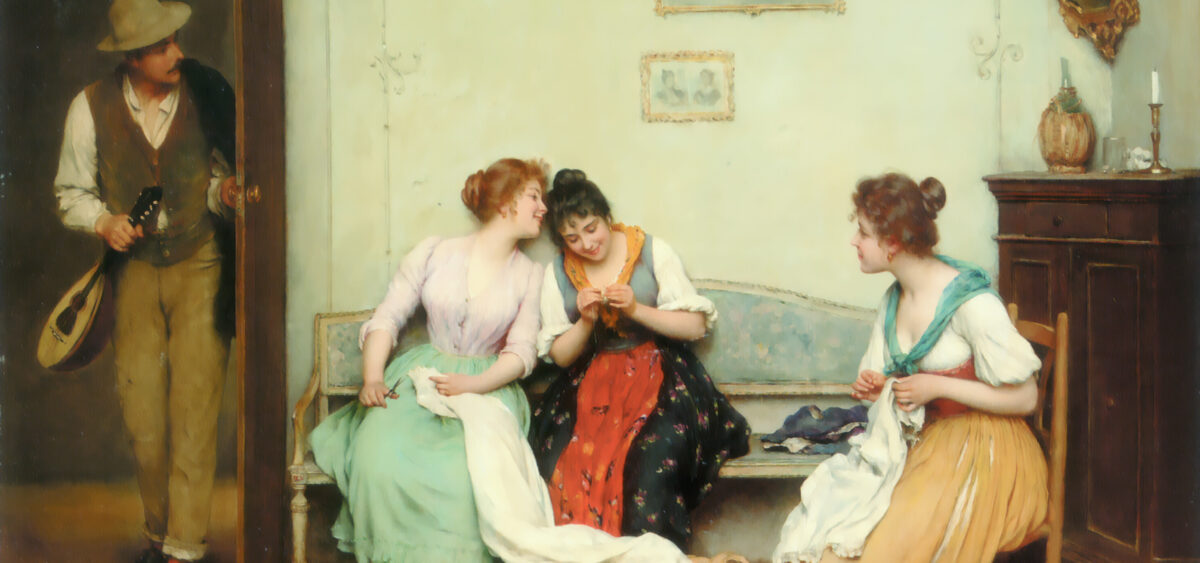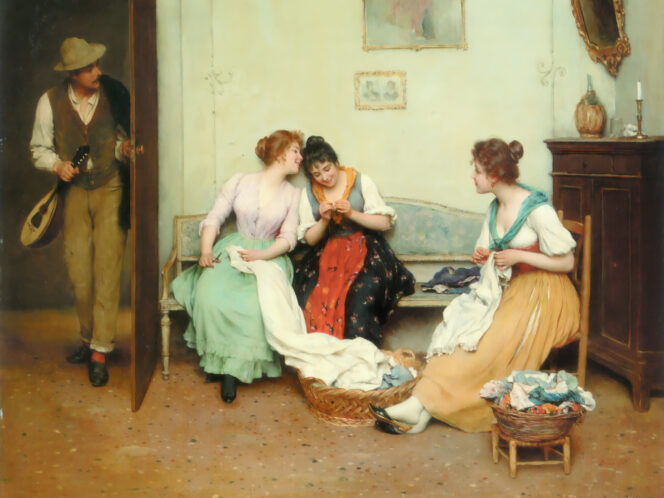
Everyday social life is about people playing their assigned roles. Every now and then, however, our accumulated excess energy needs to find an outlet. We call such moments “festivities.”
It was still dark when I emerged from the Metaxourgeio subway station in Athens. A while before, when I was on the train—the first in the Sunday schedule—I noticed a girl wrapped in a fuchsia scarf. Fuchsia was the theme color of the city carnival I was going to. I figured it made more sense to follow the pink bacchant than a pin on Google Maps. The collection point was in a small square between vacant buildings that reminded me of the industrial past of this neighborhood. Once home to weaving workshops, today, this area is mostly inhabited by expats and artists. The local bohemians came up with the idea of an independent urban carnival. There is nothing about it in the media; the news is spread by word of mouth. Nevertheless, the event draws thousands of people. I participated in its more intimate part—the beginning of the period of celebration.
Disconnecting
A January day was dawning, it was just before five, and a group of thirty pink figures were behaving as if at a neighborhood picnic. It reminded me of the period preceding the ceremony at the Chebika oasis, as described in anthropologist Jean Duvignaud’s book Le Don du rien. Before the celebration begins, there are moments of








